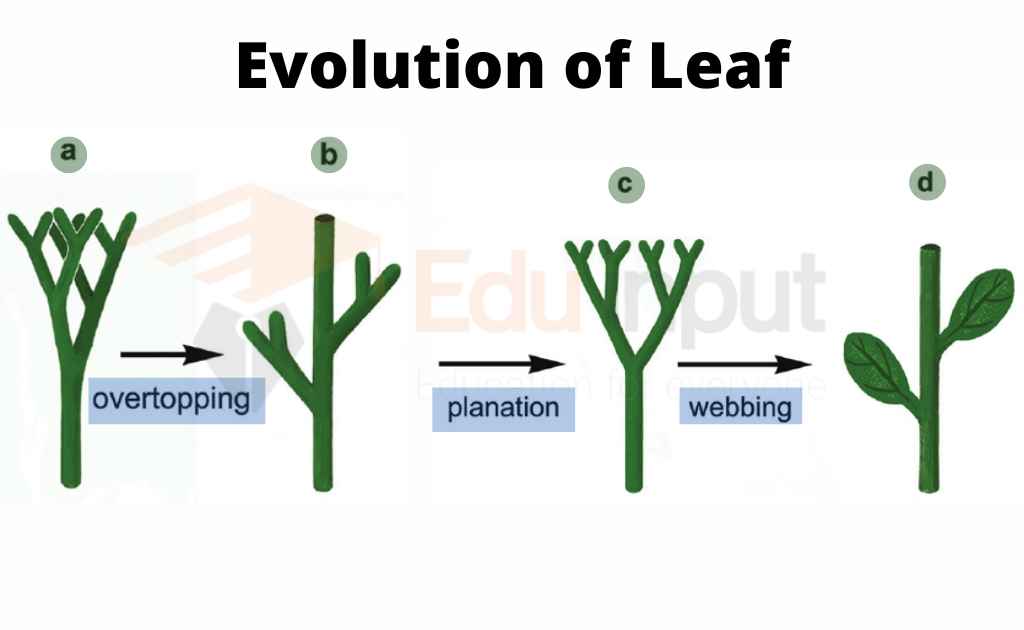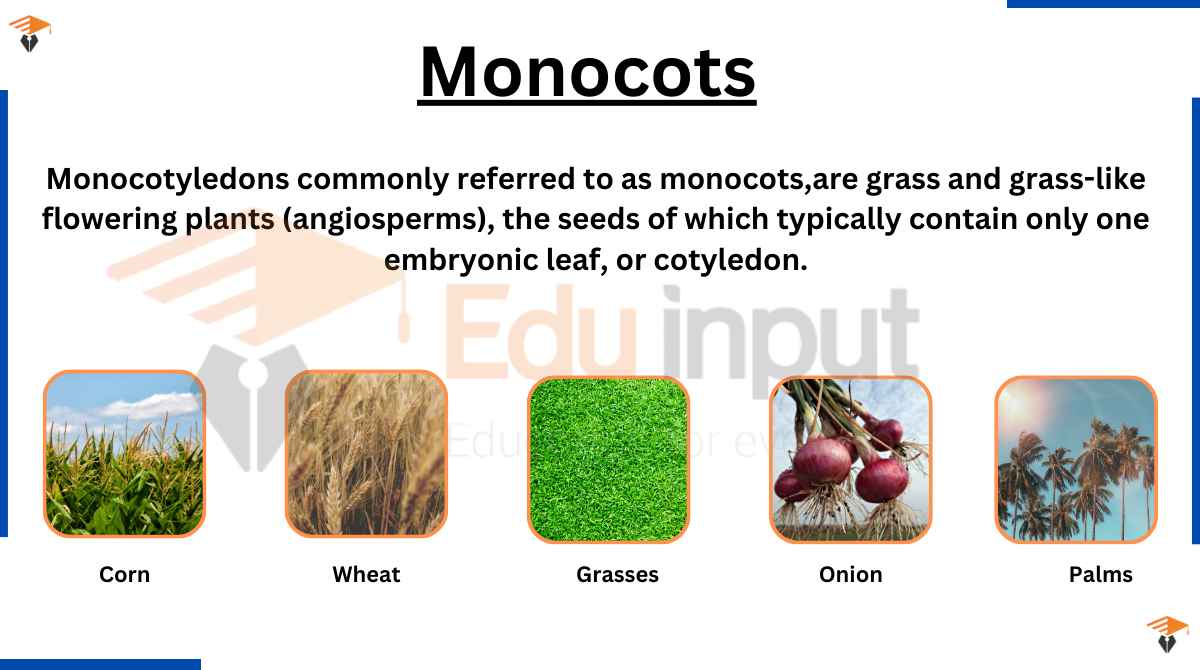Reproduction In Bryophytes-Vegetative, Asexual and Sexual Reproduction
Bryophytes are a group of organisms that include mosses, liverworts, and hornworts. They are also known as mosses because they look similar to grasses. These tiny plants are often overlooked, but they play important roles in ecosystems.
Bryophytes are very diverse, and some species even live underground. They are found on every continent except Antarctica. Some species are edible, and their leaves and stems are used as food.
Reproduction In Bryophytes
Mosses and liverworts are two groups of plants that belong to the division Bryophyta. They both have thin leaves and lack roots. The main difference between them is their reproductive structures. Liverworts reproduce through spores, whereas mosses produce gametangia.
Mosses and liverworts differ in their life cycle. Mosses produce spores, which are tiny capsules containing seeds. These spores are dispersed by wind or water. On the other hand, liverworts produce gametangia, which contain male and female organs. Gametangia release sperm and eggs into the environment, where fertilization occurs.
Vegetative Reproduction in Bryophytes:
Bryophytes commonly reproduce vegetatively. This occurs during favorable growing seasons and only in the gametophytic stage. Vegetative reproduction takes place by parts of the vegetative plant or by the production of special vegetative propagules.
Sexual Reproduction in Bryophytes:
Sexual reproduction is polygamous. Sex organs are always produced on the gametophyte. The male reproductive organ is the antheridia and the female reproductive organ is the archegonia. The male gamete is an antherozoid. It is motile. The female Gamete is a non-motile. Oosphere has not been liberated from the female ganglia. They are borne on short multicellular stalks. They develop a jacket of sterile cells.
Antheridia:
The male sex organs are called antheridia. They are borne on the multicellular stalks Antherozoids or spermatozoids are biflagellate structures with long coiled bodies. The antheridium has androgenic cells. These cells give rise to astrocytes or antherozoid mother cells. Androcytes give rise to antherozoids.
Archegonia:
The female sex organs are archegonia (sing archegonium). Archegonia are flask-shaped structures that are born on short multicellular stalks. The basal swollen portion of the archegonium is called the venter, while the upper elongated part is called the neck. The venter contains the female gamete or cosphere or egg, which is not released from the archegonium. A small cell is present upper to the oosphere in the center, called the venter canal cell.
The neck of the archegonium is lined with a row of cells called neck canal cells. When the archegonia mature, the venter canal cells and neck canal cells break open, providing a passage for the antherozoids to enter.
Fertilization:
The antherozoid fuse with the oosphere during fertilization. It forms a diploid oospore. Oospore is the beginning of the sporophytic stage. The oospore develops into the sporophyte.
Asexual Reproduction in Bryophytes:
On maturity, the sporophyte produces spores through an asexual process. Spore mother cells give rise to the spores, which then begin the gametophytic stage. Each spore mother cell goes through meiosis, producing four haploid spores.
Embryo Formation In Bryophytes
The zygote is retained within the female sex organ (archegonia). After the resting period, the zygote divides by mitosis to form a diploid embryo. This embryo develops from a sporophyte This sporophyte is also diploid. The entire development of sporophytes takes place within the gametophyte generation.
Even after full development, the sporophyte remains attached to the gametophyte. It does not contain chloroplasts and cannot perform photosynthesis. So it depends on the gametophytes for nourishment.
Alternation of Generation in Bryophytes
Regularly occurring bryophytes have an alternation of generations between their haploid gametes and diplopod sporophytes. After fertilization, the oospore produces the spores that will grow into the gametophyte. The sporophyte generation then alternates with the gametophyte generation in a regular pattern.

 written by
written by 



Leave a Reply